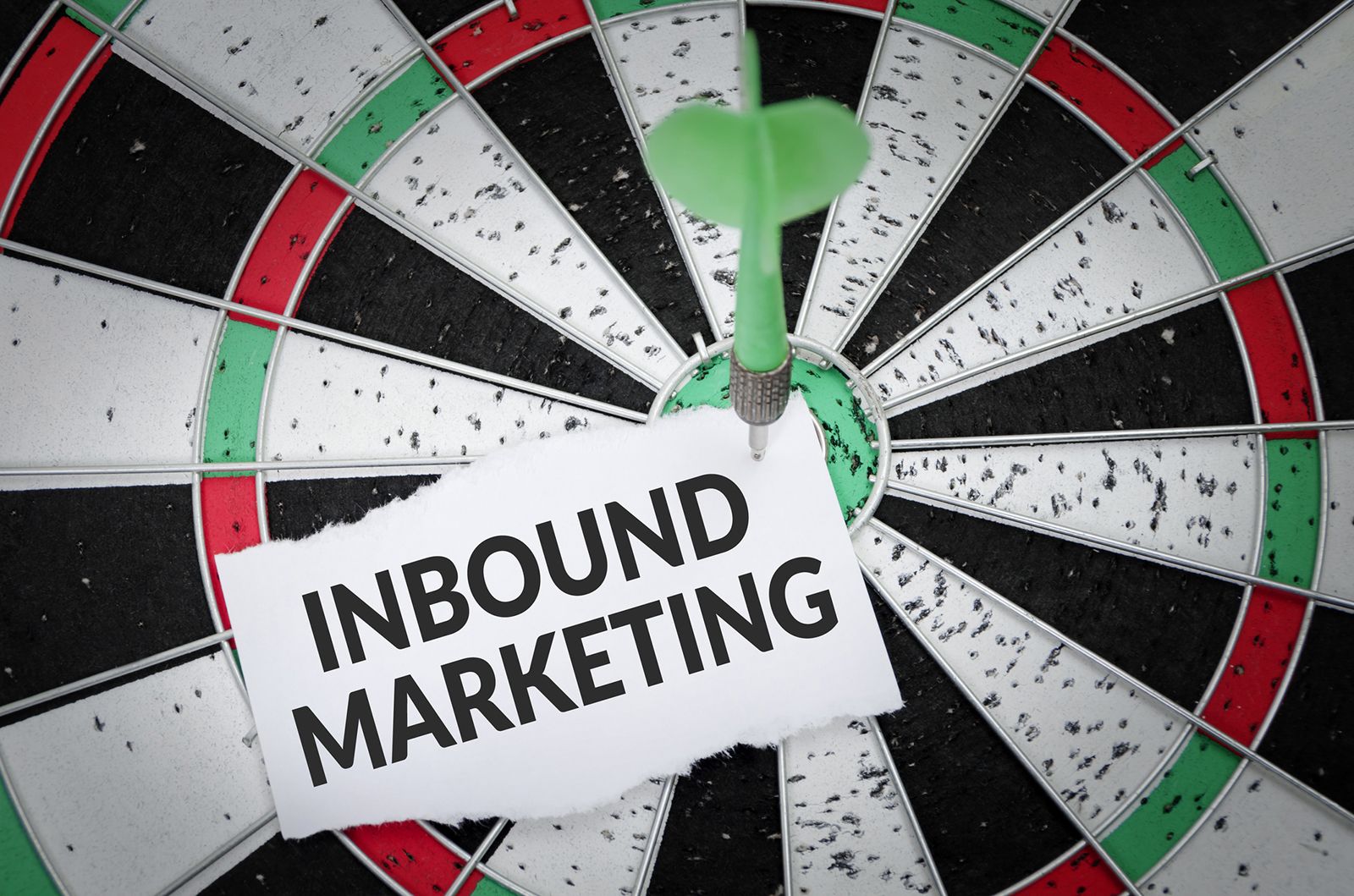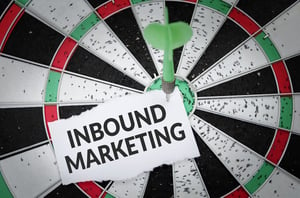
The Art and Science of Executing Effective Inbound Marketing in 2018
 Recent years have seen inbound marketing grow exponentially. Now it seems as though almost every marketer is using at least one inbound technique or another, and those tactics are constantly in flux. With so much change, it can sometimes be difficult to keep sight of even the basics. The shifting ground may make it seem like even the foundations of inbound are sometimes changing.
Recent years have seen inbound marketing grow exponentially. Now it seems as though almost every marketer is using at least one inbound technique or another, and those tactics are constantly in flux. With so much change, it can sometimes be difficult to keep sight of even the basics. The shifting ground may make it seem like even the foundations of inbound are sometimes changing.
To that end, it’s best to start with the basics before jumping into the nuances of effective inbound marketing in 2018. Things have changed quite a bit in the last few years, so what was considered best practice in the past may not be the most effective technique today.
To start, ask yourself, “What is inbound marketing?”
At its heart, inbound marketing is still the art of drawing potential leads and customers to you. This is contrasted with outbound marketing, which sees marketers broadcasting their message to a large audience. Outbound techniques involve the mass media, such as television, radio, and magazine ads. Inbound marketing, by contrast, involves digital techniques, content creation, and a focus on customer relationships.
Keep these foundations in mind. Even as the techniques and tactics shift in the face of changing consumer demands, the fundamental principles of inbound marketing have remained the same. For successful inbound marketing, focus on creating one-on-one engagements and relationships with your leads and customers by offering insight and expertise.
How Inbound Marketing Has Changed
As much as the principles have stayed the same since inbound marketing’s beginning, there has been profound change in the way marketers carry out their inbound strategies. This is, in part, a response to changing consumer demands.
A good example is the changing customer buying cycle. Today’s consumer is often around two-thirds of the way through their buying process before they reach out to a salesperson. Note here that the customer is the one reaching out as well.
Preferences about how to access and receive information have also changed. Around 80 percent of today’s consumers are more likely to prioritize information in articles over information they see in ads. Growing consumer skepticism contributes to a distrust of blatant advertising.
Technological change has also forced inbound marketing techniques to evolve. Search engine optimization (SEO), for example, is continuously changing as Google and other engines change their algorithms to compensate for SEO tactics employed by companies and changing user behaviours. As artificial intelligence improves, search engines become better at analyzing context. Older techniques of quantity and frequency over quality have fallen away as a result.
Adapting to Inbound in 2018
As noted, the techniques that once were considered “best practice” may no longer be as effective as they were, or even favoured as part of an inbound marketing strategy. You can certainly use them, but they may not drive the results you want to see.
Quantity over quality in blog posts has quickly fallen out of favour, as have text-heavy e-books. Consumers are becoming more discerning when it comes to finding quality information. If your blog posts are full of fluff and not much concrete information, people will quickly write you off as a resource. The shift to mobile has turned people away from e-books. Instead, they prefer the shorter, easier-to-digest blog format, as well as infographics and short videos.
Facebook’s changing algorithms have forced inbound marketers to change as well. While the ROI on organic social media posts has always been lower than paid options, the changes the world’s largest social media platform made earlier this year effectively ended the organic-only strategy.
Inbound Techniques Evolve
Inbound marketing is interesting because even the “outdated” techniques don’t truly go away. Instead, marketers are continually adjusting course. The new best practices often represent tweaked versions of what you’ve been doing anyway.
An example might be the drip campaign. Although drip campaigns have generally been noted for open rates about 80 percent higher than single-send emails and click-through rates about three times better, the effectiveness of these campaigns has declined.
The issue is personalization. While drip campaigns were initially effective, today’s customer craves a more personalized offer. You need to do more than fill in their name in the greeting line.
Think about what you can offer each individual lead. Your data-gathering abilities will be tested here. The better profile you can build of an individual lead, the more personalized contact you can offer them. People are more likely to respond when you address their specific needs and wants.
What Techniques Should You Use?
The question that remains for inbound marketers in 2018 is what techniques they should be using. You can still use techniques like email drip campaigns or automate every aspect of your marketing. The more pertinent question is whether you should.
As noted, the email drip campaign hasn’t gone away. Instead, it’s evolving to become more personalized. Marketing automation isn’t a bad thing, but you should use it strategically. Think about how automation can help you with the internal side of things, rather than using it to govern your external activities.
If you haven’t already, you should begin broadening your marketing channels as well. Some companies are still using email alone, especially when it comes to reaching the top-level decision-makers in the C-Suite. Almost 85 percent of top-level executives say they watch videos instead of reading text-heavy materials. Have you adjusted your content strategy accordingly? This is a key opportunity to reach professionals in the C-Suite.
Technology is another major driver of change. Facebook organic posts were reaching a small percentage of your audience before the changes. Now, organic post reach is declining further. You can still use organic posting but think about boosting posts or adding paid advertising to your strategy. Emerging tools like Google Lens will also change the game, particularly when it comes to SEO tactics.
Prepare with the Right Tools
Adopting the right techniques and tactics is the first step in creating an effective inbound marketing campaign. The other half of the challenge is ensuring you have the right tools to execute those techniques.
As much as technology drives change in inbound marketing strategies, it also evolves to provide better support for inbound marketers. Drip campaigns, for example, wouldn’t be possible without automation. You simply wouldn’t have the time or available people to execute a campaign like this, which would drive up the costs considerably.
Other tools allow you to organize your conversations, track engagements with potential leads and consumers, and even measure and monitor your content performance. Metrics and analysis are a key part of being successful with inbound marketing, particularly since they provide insight into what’s working and what’s not.
Where Is Inbound Going?
Some of the trends for 2018 have already been mentioned, but you’ll want to keep an eye on other trends in inbound marketing as the year progresses. Video marketing is the biggest trend right now, especially since video is projected to encompass around 80 percent of internet traffic in the next two years.
Automation will continue apace with chatbots. Changes to social media advertising will likely drive costs, which in turn will force inbound marketers to justify their techniques. New technology will undoubtedly continue to shape inbound marketing, as will consumer preferences and demands.
The key is to stay on your toes as inbound marketing evolves. The right techniques and tools will help you achieve more effective inbound marketing in 2018.

CEO and Chief Revenue Scientist
Mike Lieberman, CEO and Chief Revenue Scientist
Eliminate Hit-or-Miss Marketing Moves
Get advice, tips, tools and guidance to generate more leads for your company in this weekly email newsletter.



Eliminate Hit-or-Miss Marketing Moves
Get advice, tips, tools and guidance to generate more leads for your company in this weekly email newsletter.













